Table of Contents Show
In January of this year, Netflix launched Kipo and the Age of Wonderbeasts, a new animated show from creator Radford Sechrist. As the latest of several successful Netflix original animated shows, the show garnered instant acclaim from critics and audiences alike and was quickly renewed for a second season, which aired in June. As of right now, a third season hasn’t been confirmed, but Kipo and the Age of Wonderbeasts deserves to be renewed for a third season, and I’m here to tell you why.
A Fantastic Setting
Kipo and the Age of Wonderbeasts takes place in the fictional, post-apocalyptic, and highly dangerous city of Las Vistas. The protagonist Kipo spent her childhood in one of many burrows, underground towns where people keep themselves safe from the perils above, but she’s soon thrust onto the surface when her burrow is destroyed. Since then, Las Vistas has been a real joy to explore alongside her. The abandoned skyscrapers, derelict convenience stores, and crumbling infrastructure really create an adventurous mood.
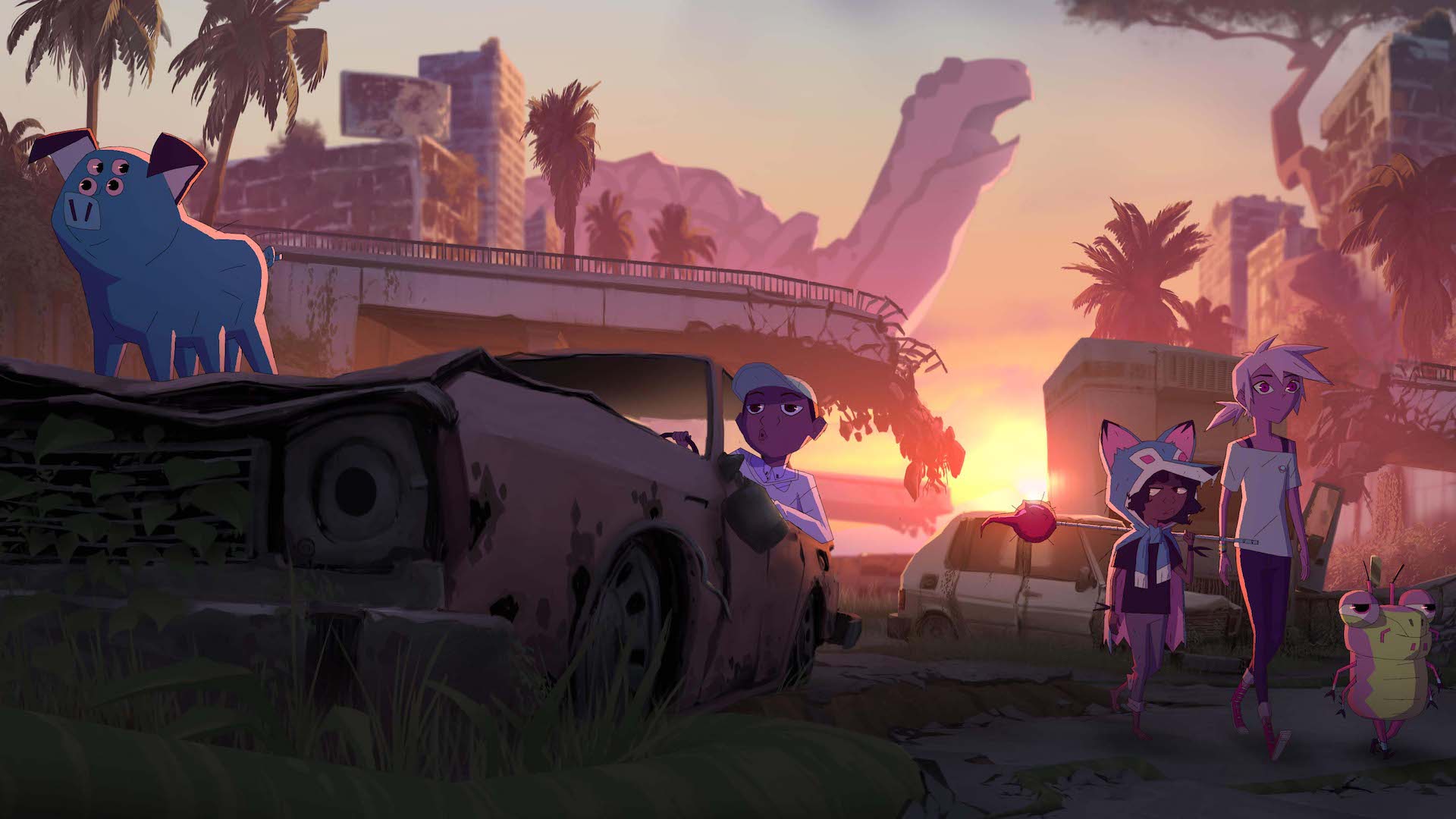
But why is everything abandoned, you ask? Well, as you probably guessed from the show’s title, Kipo has some wonderbeasts to contend with. Oversized mutant animals called “mutes” roam the surface, making life challenging for the handful of humans who remain above ground. The building-sized “megamutes” are a real threat, but perhaps even more dangerous are the various factions of mutes with human-like intelligence.
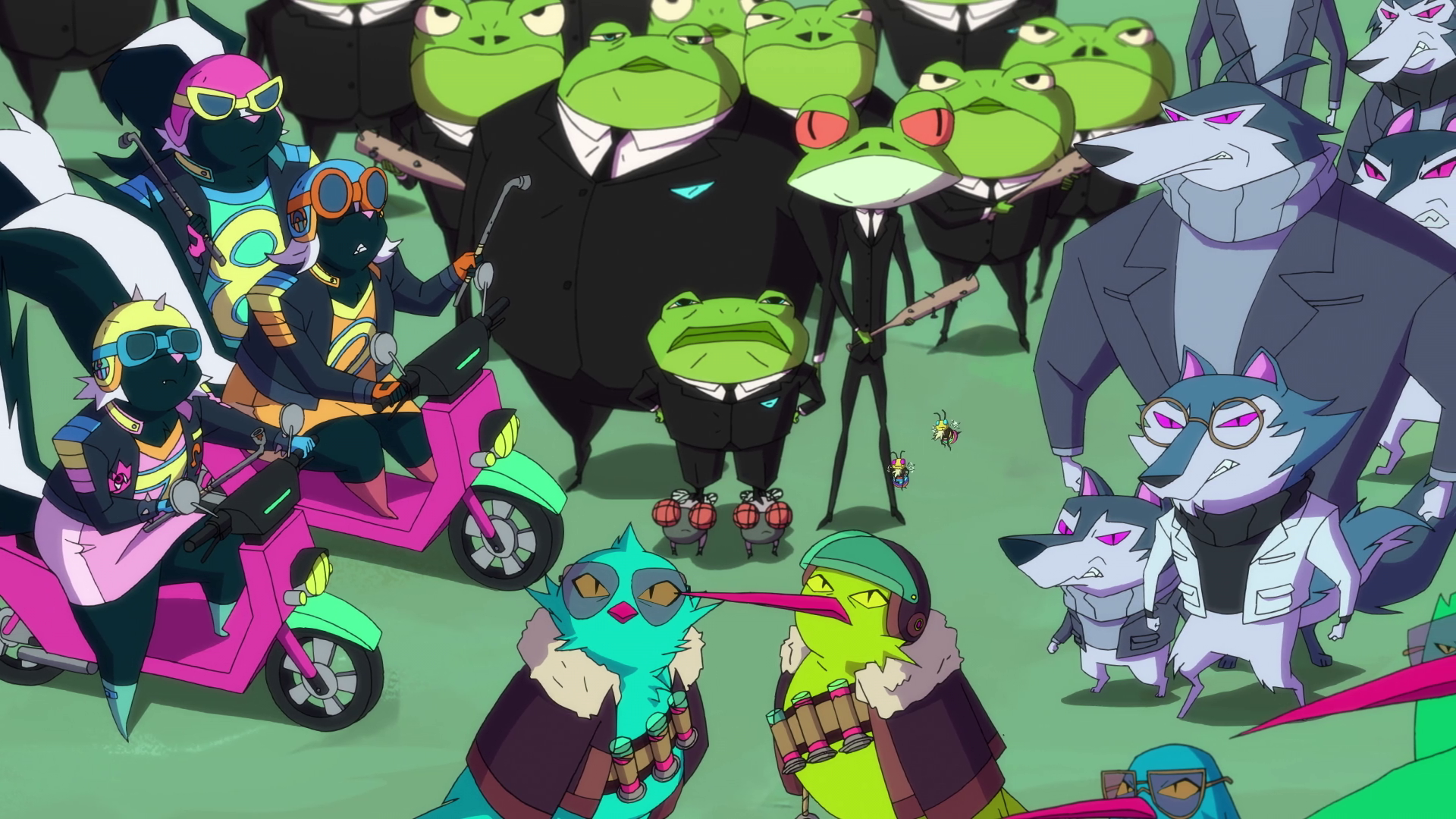
One of the most memorable parts of the show is that each species of intelligent mute has taken inspiration from the ruined civilization around them and adopted a highly specific human subculture. There’s the plaid-wearing, tree-chopping “Timbercats,” the science-loving “Newton Wolves,” and of course the high-stepping, weightlifting “Fitness Racoons.” These unique characters lend the show a lot of silly fun and charm. Season Two was less focused on introducing a new faction of mutes in every episode, but a Season Three would likely introduce us to a few more and allow us to explore more of Las Vistas’ fascinating scenery to boot.
The Gang’s All Here
As Kipo makes her way through Las Vistas, encounters various mutes, and tries to find out where the people in her burrow went, she picks up a couple of friends who soon become steadfast companions. The grizzled survivor Wolf, the hip-hop loving Benson and his insectoid business partner Dave, and the adorable mutant pig Mandu are all lovable in their own right, and they bounce off of each other in interesting ways. Wolf’s instinctive distrust of mutes, for example, clashes with Kipo’s youthful idealism more than once.
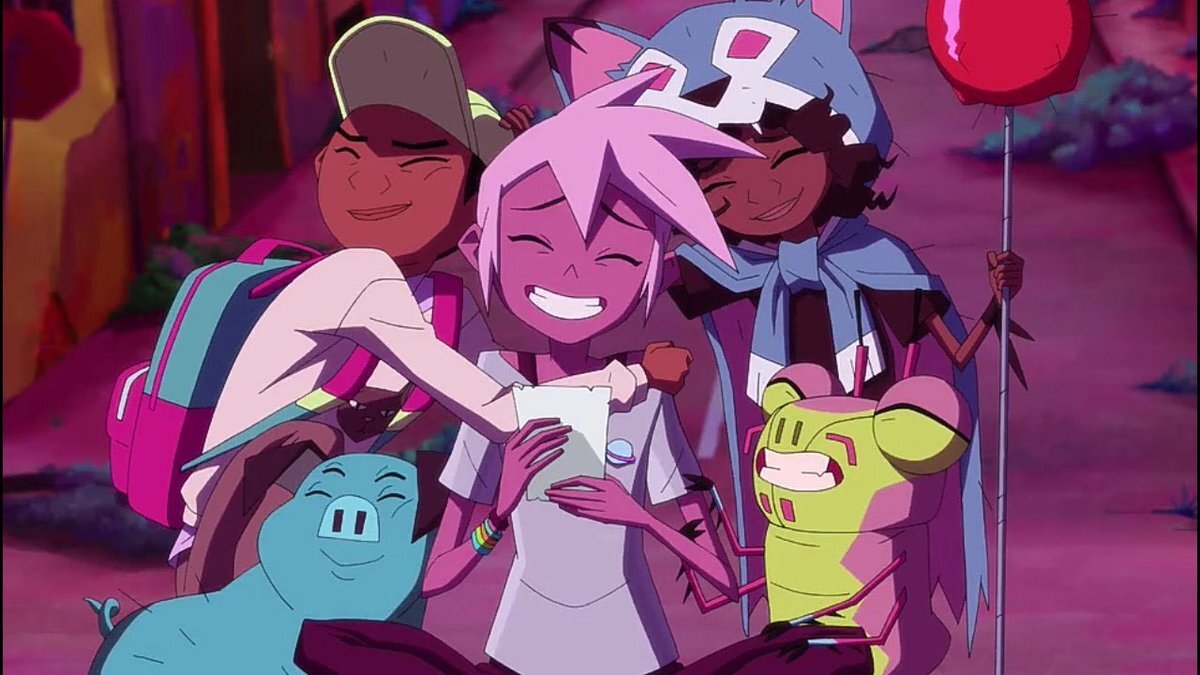
Season Two’s victorious finale left the group in a pretty stable place, and it’s always great to see television shows depict mutually supportive relationships between characters. However, the end of Season Two teased a future storyline that deals directly with anti-mute ideologies held by characters in the show’s world, which means that a Season Three would have the opportunity to really test the main group’s commitment to one another. Since no story-driven show would really be complete without some conflict between the protagonists, it’s good that Season Three is set up to deliver just that.
Mysteries Abound
It might not be apparent right when you start the show, but Kipo and the Age of Wonderbeasts has quite a few secrets up their sleeve about the world and the characters, and it handles those mysteries very well. Information is given to the audience a little at a time so that uncovering the backstory becomes an engaging element of the show entirely separate from the present conflict.
Further, things are usually revealed through long flashbacks, which means none of the drama in the events of the backstory is sacrificed. However, that doesn’t mean that the backstory is just for the audience. The revelations they bring about Kipo’s past and the world around her are just as exciting or heartbreaking for her and her friends as they are for us, and it’s wonderful to see the characters on screen react in a way that mirrors your emotions.
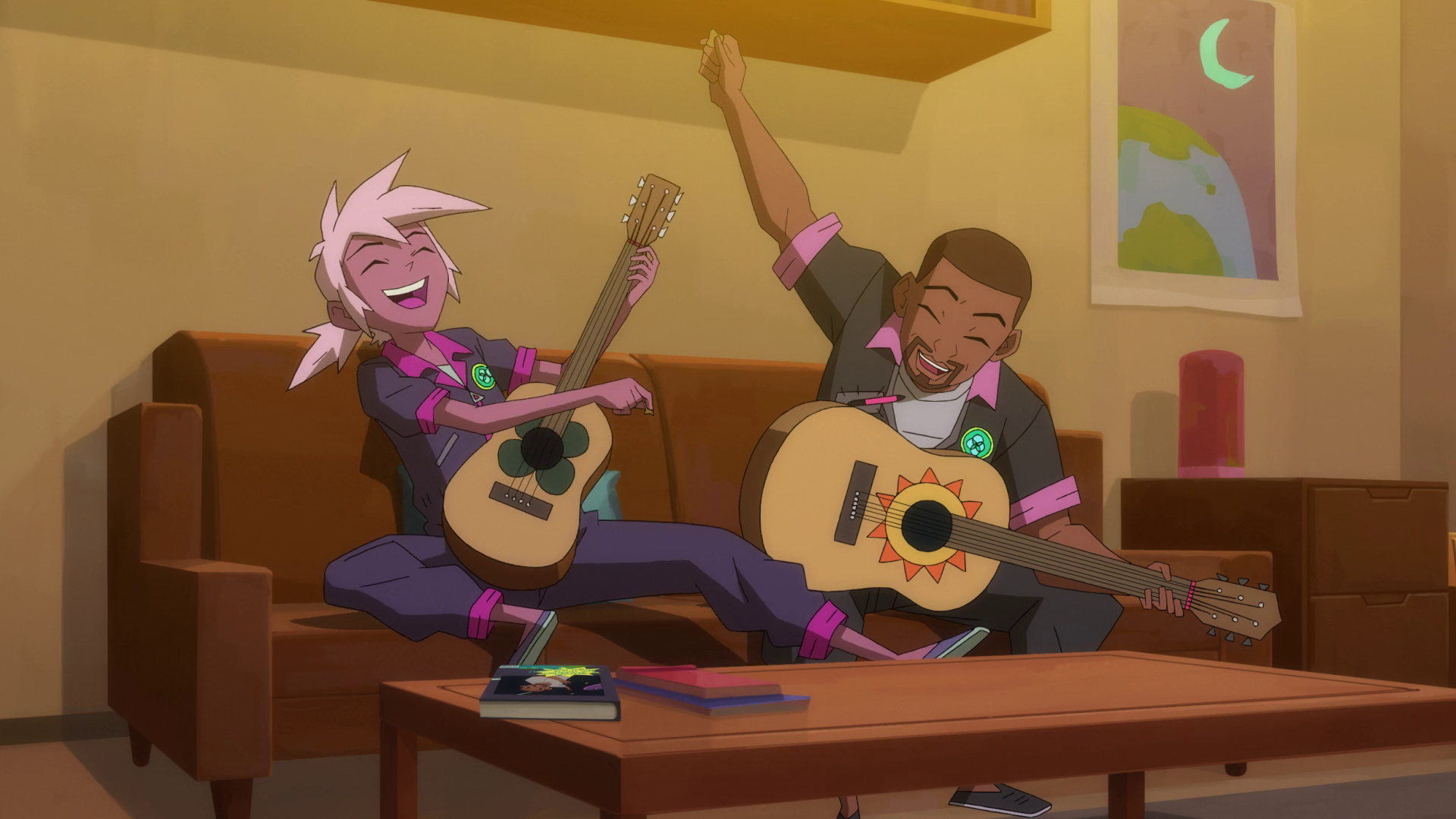
Season Two is especially jam-packed with flashbacks and startling discoveries, but even after all of that, there’s plenty we still don’t know. For example: why did animals on the surface mutate? And what’s up with the new villain introduced toward the end of Season Two? Season Three will supply us with some answers to those burning questions, and it will likely handle its mysteries just as well as the show has previously.
A Feast For The Eyes And Ears
Lastly, the presentation of the first two seasons of Kipo and the Age of Wonderbeasts is excellent. Visually, the show is a real winner. The character designs are memorable and evocative — Wolf’s wolfskin hood speaks volumes about her personality — the offbeat angular art style really grows on you, and the animation is frenetic and smooth, especially during action scenes. Not to mention, those colors really speak for themselves.
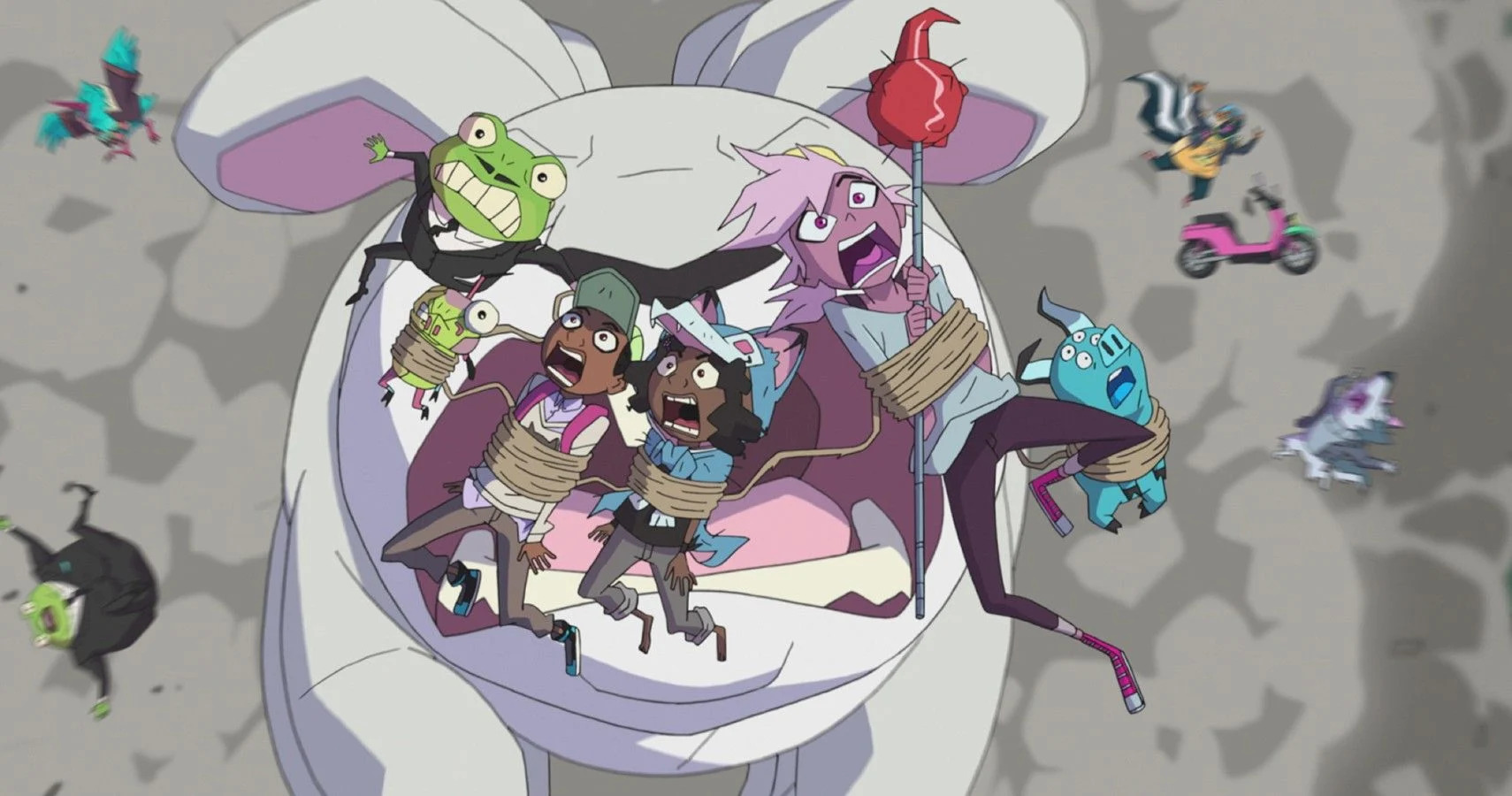
The music is also something special. Various artists contribute to the soundtrack and composer Daniel Rojas fills in the rest of the tracks, leading to an eclectic mix of hip hop, classical music, and other genres.
Once again, the music matters to the characters as much as it does to the audience. There are some great Broadway-style musical numbers sung by the characters themselves, and Benson’s cassette player allows the show to deliver great music while also letting us know more about its characters. You know you’re watching a show that cares about its music when the characters argue about which tape to play during a high-speed chase. There’s not all that much to say about Kipo and the Age of Wonderbeast’s presentation besides that it’s excellent. Season Three would just give the audience more of a great thing.
The presentation alone demonstrates that the first two seasons of Kipo and the Age of Wonderbeasts are both fantastic, and that the show deserves a continuation. Even more than that, though, the show’s huge world, established character dynamics, and deep backstory make it uniquely well-positioned to deliver a satisfying third season.
